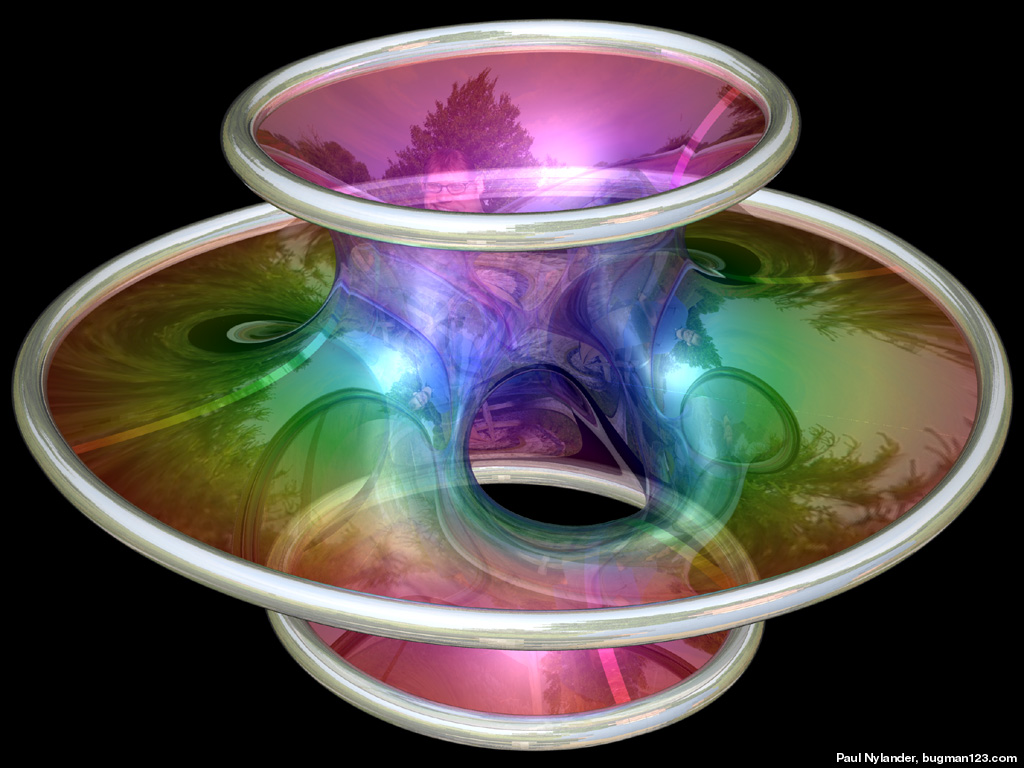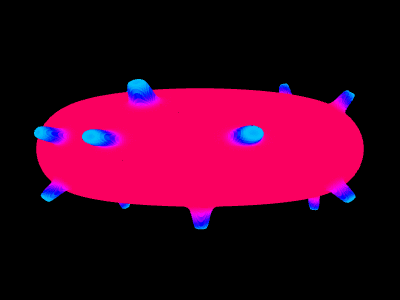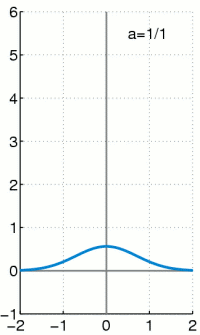Advanced Topics in the Calculus of Variations
Exercise Sheets and Material
Manuscripts
First Part
"Variational models for microstructure and phase transitions" (by S.Müller, University of Bonn)
Second Part
"Vorbereitungsmaterial zweiter Teil"
Exercise Sheets
First Part
Zusatzmaterial: Beweis von der Bemerkung nach Definition 6
Blatt 2 (geändert 2.11.2019, Besprechung 5.11.2019)
Blatt 3 (Besprechung 8.11.2019)
Second Part
Prerequisites
This course is aimed at students with interest and some expericence in analysis.
Ideally, participants should have basic knowledge of functional analysis or attend a functional analysis course in the same semester. Note however that the Bachelor's course "Elemente der Variationsrechnung" is by no means relevant for the successful participation in this course. The contents of the two courses differ substantially.
The lectures may - and will - be adapted to the individual needs and interests of its participants. In case you have any suggestions for the content or the feeling that relevant topics need to be repeated, we kindly ask you to get in touch with any of the course instructors.
Admission to the Exam
In order to take the exam, active participation in the exercises is required. The exact rules will be fixed in the beginning of the course. In case that you have any concerns please don't hesitate to send an e-mail to marius.mueller(at)uni-ulm.de. We also kindly ask you to get in touch with us as soon as possible if you plan to take the course but cannot attend the exercises regularly.
Course Content
Many processes and shapes in nature can be understood through the minimization of energies. The calculus of variations provides a mathematical toolbox to understand whether such minimizers exist and how they look like. Energies are generally modeled as functions of functions, and as such part of the exciting field of infinite-dimensional analysis .
Initiated in the early 18th century with contributions of Leonhard Euler, Sir Isaac Newton and Joseph-Louis Lagrange, the calculus of variations became an important and vivid discipline connecting many fields in mathematics, such as geometry, functional analysis and differential equations. Most branches of calculus of variations, such as control theory, have wide applications in numerics, physics and other sciences.
This course will highlight several selected topics which are perceived as insightful and beautiful to give the participants a feeling of what this reserach area is like. Here we give an incomplete list of possible topics.
1) Microstructures: Many materials in nature have a very complex microscopic structure, which is the reason for the properties that materials have on the macroscopic scale, e.g. some materials are very strong or very non-permeable etc. Modeling the interactions in those microstructures is a very difficult task. An interesting problem to look at is the transition layer between different crystals, which minimizes a certain energy and account for macroscopic effects that are technologically interesting (eg. shape memory)
2) Convex Integration Theory: Convex Integration methods are important - and recent - concepts for finding solutions to differential inclusions. In some cases it is possible to reformulate PDE systems as differential inclusions in an elaborate way such that they can be solved with the tools that convex integration techniques provide. Those techniques can construct irregular solutions of elliptic PDE systems with smooth coefficients and therefore expose that the celebrated De Giorgi-Nash regularity theory fails for systems. To access the theory one first has to understand what convexity really is, and at this point there one encounters truly different notions and generalizations, the connections of which have yet to be understood (cf. Morrey's Conjecture)
3) Mountain Pass Methods: For finite-dimensional minimization problems, a standard procedure is to examine critical points of a function. On infinite-dimensional spaces one can also make sense of "critical points", but energies may have lots and lots of those. Mountain Pass Methods are a celebrated technique to find out how many critical an energy has. The reason why those are interesting is that they solve nonlinear partial differential equations. Hence they describe many very interesting processes in nature such as Reaction-Diffusion processes.
4) Minimal -and CMC-Surfaces: Why are soap bubbles round and why do double bubbles (two soap bubbles that share a common interface) look the way they look? Because nature wants them to minimize surface tension, leading to the rich field of minimal and CMC-surfaces. The so-called double bubble conjecture remained open until 2002 and the mathematical description of the shape of triple bubbles is yet unsolved. The picture shows Costa's minimal surface, a shape that can actually occur for soap films. Critical points of the associated energies can be chracterized by their so-called 'mean curvature', a quantity that can be studied from a very geometric point of view and will lead to an astounding variety of critical points, all of which depict the beauty of natural phenomena.
5) The Concentration-Compactness Principle: The Concentration-Compactness Principle is a measure-theoretic tool that understands the limit case of the Sobolev embedding theorem, which is one of the most useful theorems for applied analysis. In the subcritical case, the Sobolev embedding theorem yields a compact embedding, i.e. the embedding maps weakly convergent sequences to norm-convergent sequences. In the critical case, the embedding is not compact but maps weakly convergent sequences to sequences that do still converge up to concentration into Dirac-type spikes at at most countably many points. In some contexts one can view these points as energy bubbles and it is often possible to discuss in applications how many of those can exist. For variational problems with a translation invariance, it might also be possible to translate the energy bubbles to infinity and obtain compactness results up to translations.
Literature
Prof. Wiedemann's lectures
Müller, Stefan: Variational models for microstructure and phase transitions.
Rindler, Filip: Calculus of variations.
Müller, Stefan; Sverák, Vladimir: Convex integration for Lipschitz mappings and counterexamples to regularity.
Prof. Dall'Acqua's lectures
Struwe, Michael. Variational Methods.
Giusti, Enrico. Minimal Surfaces and Functions of Bounded Variation.
Dacorogna, Bernard. Introduction to the Calculus of Variations.
Kinderlehrer, David; Stampacchia, Guido. An introduction to Variational Inequalities and Their Applications.
Buttazzo, Giuseppe; Giaquinta, Mariano; Hildebrandt, Stefan. One-dimensional Variational Problems.
Further literature can be found in the library in the bookshelf "Semesterapparate".
News
- Please register for the course in Moodle: https://moodle.uni-ulm.de/course/view.php?id=12747
Lecture Time and Place
Lectures:
- Tuesday, 10-12 h, Helmholtzstrasse 18, E60
- Wednesday, 8-10 h, Helmholtzstrasse 18, E20
Exercise Classes:
- Friday, 10-12 h, Helmholtzstrasse 18, E20




